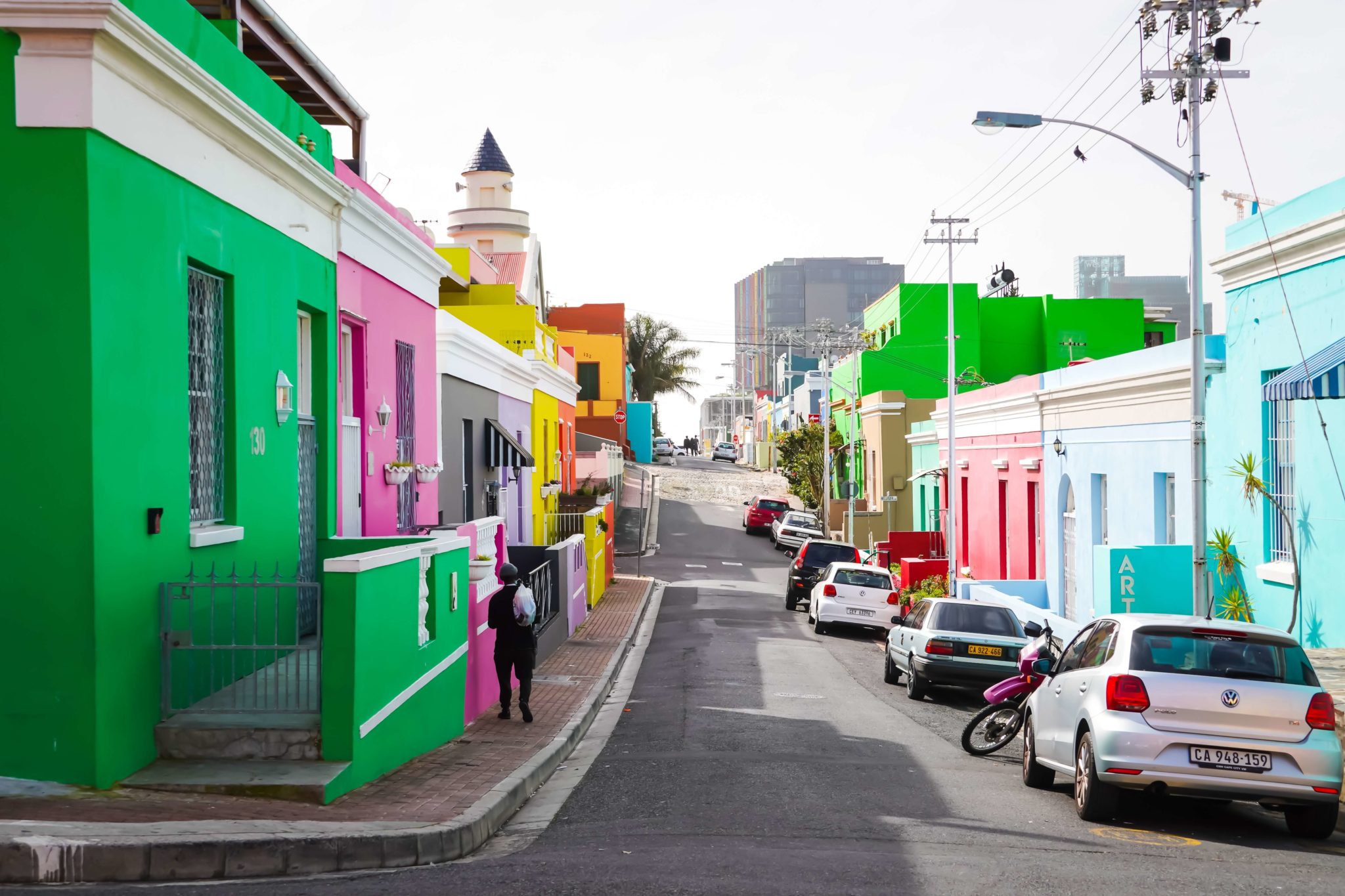Bo Kaap
The Most Colourful Neighbourhood in Cape Town
On the slopes on Signal hill, facing Cape Town, lies a vibrant and colourful neighbourhood
known as the Bo-Kaap. To the non Dutch speakers “bo” means upper and “Kaap” means cape,
so its literal meaning is “Upper Cape” due to its positioning overlooking the city and Table
Mountain. Today this area is home to arguably the most colourful neighbourhood in Cape town
lined with beautiful cobblestone streets built by the Dutch. This area has become infamous with
visiting tourists due to the picturesque houses offering the perfect “Instagram”shot, but this area
has much more to offer.
History of Bo-Kaap – Where did this colourful neighbourhood start?
As with most European colonies around the World, Enslaved people were brought to Cape town
by the Dutch from around 1653, many of whom came from the Dutch east Indies. Many of Cape
town’s original buildings would have been erected by these workers. These people were settled
in this area around 1760 in single story white houses built by a Dutch man called Jan deWaal.
The main street up today is named after him, Wale street. The area was formerly known as the
“Malay quarter” due to the inhabitants coming from the East.
“Cape Malay” is actually a misnomer. According to records only 2% of all enslaved people who
came to Cape town were from Malaysia. The name derived from the trading language which
was spoken in the area called “Maleru”.
This area is home to multiple Mosques and has a strong Muslim heritage. The oldest mosque in
South Africa is found on Dorp street and houses a Quran which was written from memory and is
still on display today. The oldest house in the neighbourhood has been turned into the Bo-Kaap
museum on Wale street and is open daily except Sundays.
Food of Bo-Kaap – Cape Malay Flavours
Due to the influx of enslaved people from such a diverse range of places, the Bo-Kaap also
boasts its very own cuisine, known as Cape Malay cooking. This is often spicy, and wandering
around this neighbourhood in the evenings will fill the soul with the scent of rich Eastern spices.
No trip to Cape town can be complete without trying our local dishes, and the best way to
achieve this is to book a cooking lesson with one of the local ladies.
On most menus would be bobotie, South Africa’s national dish. This spicy and sweet mince
recipe with raisins and chutney covered in milk mixture epitomises this area. More of a hearty
dinner, there is also a snack, the Koeksister which is the perfect treat on the go. Cinnamon and
other spices are added to dough which is deep fried and topped with coconut. A quick stop into
Atlas spice trading is a must. This spice shop has been open since 1946 and is an institution for
spices in Cape town.
Bo-Kaap’s Heritage celebrated on Second New Year
A great example of local heritage would be the second new year( Tweede nuwe jaar), which is
held every 2nd of January. Thousands of Capetonians descend into the city for a colourful
parade reminding us of our enslaved past. Marching bands of Jazz and painted white faced
men dancing is a truly Capetonian experience, and makes one think back to times where
enslaved people could never wear or choose a colour.
How to say ‘Hi’
“As-salamu alaykum”
